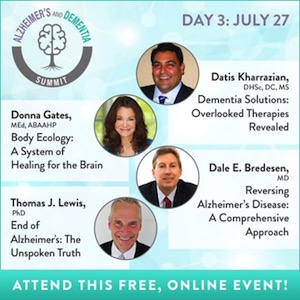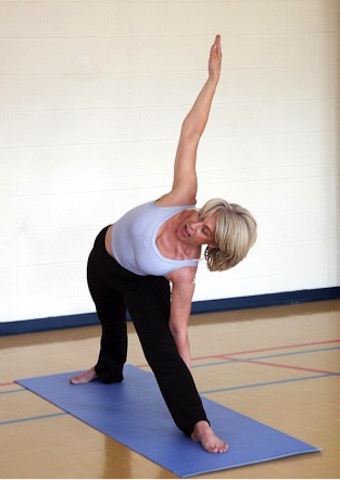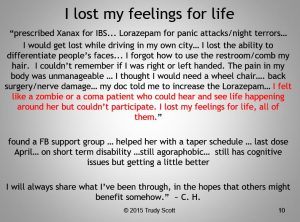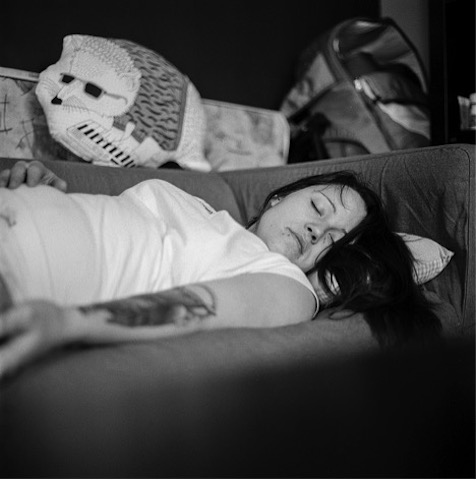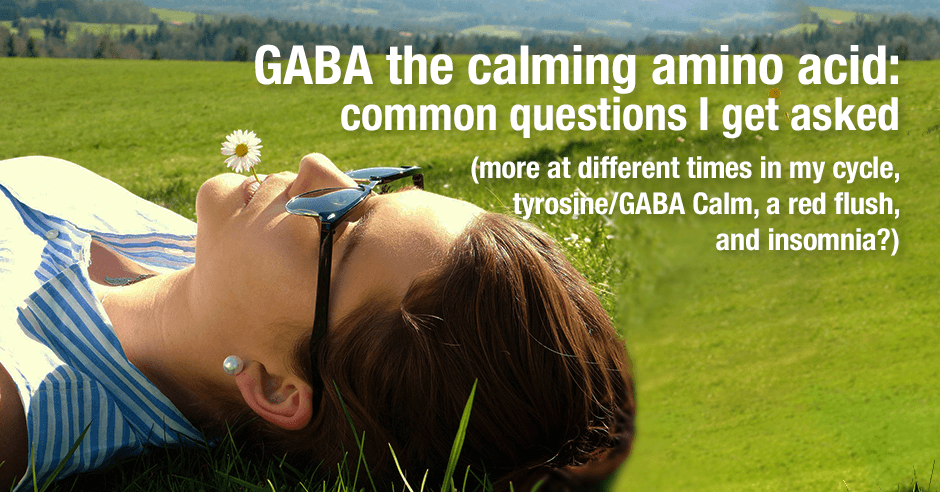
GABA is the main calming neurotransmitter and the amino acid GABA is wonderful for boosting low levels of GABA and thereby eliminating physical anxiety, tension, panic attacks and overwhelm. It can also help reduce pain and insomnia. I get asked great questions about GABA on the blog all the time and here are some common questions that you may find helpful.
GABA, new found peace and do I need more at different times of my cycle?
I have taken your recommendations I heard you speak about on your most recent Anxiety Summit about GABA – and have been experiencing some new found peace that I thought was forever lost to me. It has been truly wonderful! Thank you!
I have a question – in your experience, have you found that different levels/amounts of GABA were needed at different times in a woman’s cycle? I would be interested to know if there is any research or observational data related to GABA receptors and how they are affected by the hormonal ups and downs – AND how to respond to that with supplementation and/or food and lifestyle adjustments.
Here is my response: I love this – new found peace! GABA is closely related to progesterone which we know fluctuates during our cycles so for some people mirroring this can help even more i.e. some of my clients find it’s beneficial to take extra GABA just before their period or earlier if their anxiety symptoms increase. I have them use their symptoms to guide increasing and decreasing their GABA.
Here are two studies that support this connection in women with premenstrual dysphoric disorder and women who are perimenopausal:
Increasing evidence has suggested that the GABAergic neurotransmitter system is involved in the pathogenesis of premenstrual dysphoric disorder (PMDD) … dysregulation of the amino acid neurotransmitter system may be an important neurobiological mechanism in the pathogenesis of PMDD
failure of the GABAA receptor to regulate overall GABA-ergic tone in the face of shifting levels of these neurosteroids may induce HPA axis dysfunction, thereby increasing sensitivity to stress and generating greater vulnerability to depression.
I have not seen any research on GABA supplementation in the second half of the cycle (luteal phase) but recently blogged about how tryptophan helps PMS symptoms of anxiety, tension and irritability.
I write about GABA, pyroluria and low cholesterol in this same blog.
A question about GABA, tyrosine and other neurotransmitter imbalances
GABA Calm – who can take this as it has tyrosine? Can someone with low serotonin or high serotonin take this? Or is it best to take straight GABA for those who are not meant to take tyrosine. Can a person who has low GABA have other neurotransmission issues i.e. high dopamine or low serotonin?
Here is my response: The GABA Calm (by Source Naturals) has a very small amount of tyrosine so unless it’s contraindicated it’s the one I use with most of my clients. You would not use it if you have melanoma or Grave disease and would watch carefully if you have high blood pressure or migraines. You can read all the amino acid precautions here.
Many people with low GABA levels may also have signs of the other low neurotransmitters. The best way to figure this out is to do the amino acid questionnaire and do a trial of the relevant amino acid.
You mention high serotonin and high dopamine so I’m guessing you have had the urinary neurotransmitter test done. I’d like to share that I don’t place much value in urinary neurotransmitter testing and prefer to have my clients do a trial.
A question about migraines and getting a red flush with GABA
I’ve had lifelong migraines along with anxiety and depression that have waxed and waned. I’d like to try the aminos and curious if you have any special recommendations or contraindications for migraine with aura.
I’ve tried GABA in the past but ended up with a red flush like a niacin flush. Any ideas on why that might have happened? I suspect maybe the dose was too high. I wanted to try the GABA Calm since it has a low dose of GABA but I’m not sure if tyrosine is a potential migraine trigger.
Would love a little enlightenment on all the above so I’m not so gun shy and doing more harm than good.
Here is my response: Tyrosine is an issue with migraines and I avoid it with clients with a lifelong history of them especially if they are still having them (please see the precautions). If they choose to try a product with tyrosine they simply stop if a migraine is triggered.
Too much GABA can cause a flush and breathlessness. I find this to be the case when 500mg or 750 mg and above is used to start. I have my clients start on the 125mg found in GABA Calm and slowly build up.
When GABA Calm can’t be taken, opening a capsule of a GABA-only product is what we do. You can find the GABA/theanine products I use here. Some of my clients are pixie dust people and need 1/10th of capsule or 200mg GABA so starting low is important for everyone but even more so if you have had a reaction in the past.
I blogged about the large variation in GABA dosing here.
Don’t forget that 1000mg of vitamin C can help to negate the effects of an amino acid. Hopefully this will give you more confidence to do a trial.
A question about insomnia with SIBO/candida and GABA and 5-HTP
What do you do or recommend for people with SIBO/ yeast Overgrowth and can’t sleep well as a result (can’t stay asleep)? I have played with 5-HTP and GABA in the past, but they seemed to have the opposite effect (caused more insomnia). I have read that with overgrowth issues, these products can travel down the wrong metabolic pathway. Have you found this in your clients?
Here is my response: The amino acids will only help with sleep if neurotransmitters are low i.e. GABA will help if GABA is low, 5-HTP or tryptophan will help if serotonin is low. There is actually a great study that shows that a combination of GABA and 5-HTP may help insomnia.
If they are making sleep worse I’d wonder if doses are too high, and I’d look at quality and fillers. I’d also do a trial with tryptophan as 5-HTP can be an issue with high cortisol and this could impact sleep.
Tryptophan can convert to quinolinic acid without the correct co-factors, so taking zinc, curcumin and B vitamins etc. are important. Some people find the Lidtke Tryptophan Complete to be more helpful that the 500mg Tryptophan if they don’t have the co-factors as part of their current protocol.
It goes without saying that foods that make SIBO and candida symptoms worse should be avoided as they may cause bloating and would keep you awake.
With insomnia I’d also look at the following: low blood sugar, parasites, high cortisol, gluten, being on the computer, prior or current benzodiazepine prescriptions.
Resources if you are new to using the amino acids as supplements
If you are new to using any of the amino acids as supplements, here is the Amino Acids Mood Questionnaire from The Antianxiety Food Solution (you can see all the symptoms of neurotransmitter imbalances).
If you suspect low levels of any of the neurotransmitters and do not yet have my book, The Antianxiety Food Solution – How the Foods You Eat Can Help You Calm Your Anxious Mind, Improve Your Mood, and End Cravings, I highly recommend getting it and reading it before jumping in and using amino acids on your own so you are knowledgeable. And be sure to share it with the practitioner/health team you or your loved one is working with.
There is an entire chapter on the amino acids and they are discussed throughout the book in the sections on gut health, blood sugar control, sugar cravings, self-medicating with alcohol and more.
The book doesn’t include product names (per the publisher’s request) so this blog, The Antianxiety Food Solution Amino Acid and Pyroluria Supplements, lists the amino acids that I use with my individual clients and those in my group programs.
If, after reading this blog and my book, you don’t feel comfortable figuring things out on your own (i.e. doing the symptoms questionnaire and respective amino acids trials), a good place to get help is the GABA Quickstart Program (if you have low GABA symptoms). This is a paid online/virtual group program where you get my guidance and community support. There are many moms in the program who are having much success with their kids.
If you are a practitioner, join us in The Balancing Neurotransmitters: the Fundamentals program. This is also a paid online/virtual program with an opportunity to interact with me and other practitioners who are also using the amino acids.
With much appreciation for these women for sharing their stories and allowing me to provide my insights for them and you. We all have much to learn from each other.
Can you relate to any of these questions and have some of these GABA adjustments helped you?
If you have questions please share them here too.
(Most recent updates: June 24, 2022)

